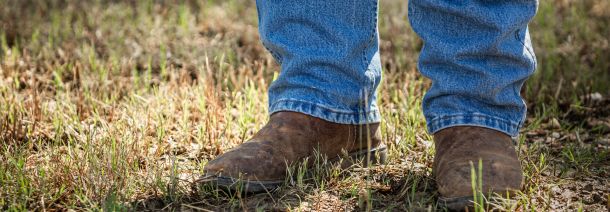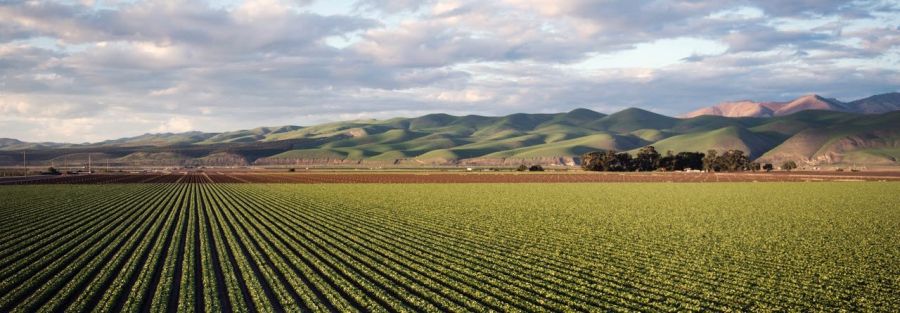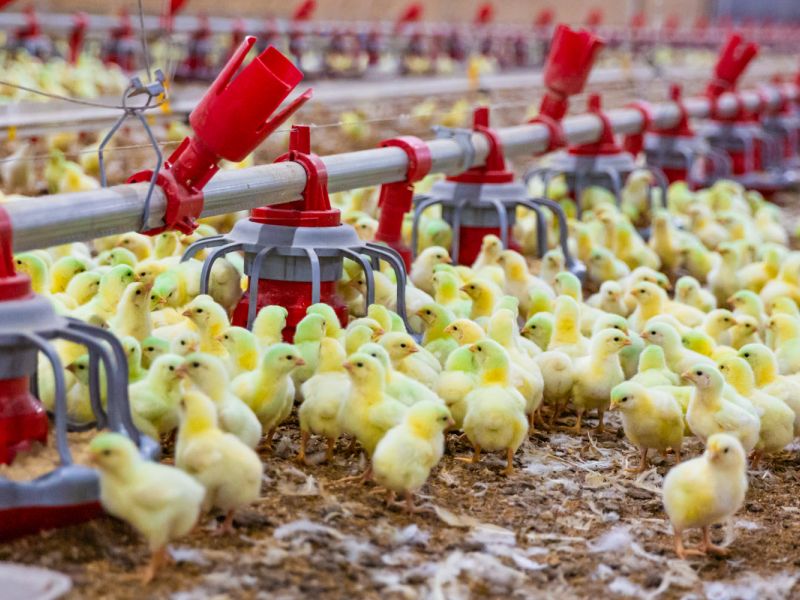What is the Process for Purchasing a Poultry Farm?
Do you find yourself wondering: How can I start a poultry business? Purchasing an existing poultry farm is one way to crack into the industry and embark on a profitable venture.
Visit us on social

Follow us on social to receive notifications for new articles.
How the FFB Poultry Lenders Go the Extra Mile for You
“Our customers may never know where our branch offices are located, but they know our cell numbers.” – Ben Chandler, Managing Director of the Poultry Division for First Financial Bank.
Building Your Farm Plan
Buying or building any business requires much evaluation and planning, but when that business is a farm, there are more layers of complexity. You need more than a business plan – you need a farm plan.

How the FFB Poultry Lenders Go the Extra Mile for You
“Our customers may never know where our branch offices are located, but they know our cell numbers.” – Ben Chandler, Managing Director of the Poultry Division for First Financial Bank.

When Refinancing Poultry Debt Makes Sense
Thinking of refinancing your poultry debt, but aren’t sure it’s a smart idea? There’s more to refinancing than just interest rate adjustments.

New Yankee Traditions: TikTok Cows and Maple Syrup
Joe and Erica Siler have a unique business raising beef cattle – and producing maple syrup. As a marketing specialist, it is exciting to see the power of social media marketing and how farmers like them use it to their advantage.

FEATURED
How to Get High-Speed Internet in Rural Areas
In today’s world, everything requires an internet connection – keeping ahead of the weather, connecting state-of-the-art tools for monitoring the health and well-being of flocks, even tracking down supply deliveries – but rural farming areas often don’t have access to the same high-quality services offered in cities.

Well Prepared Financials Reflect Good Management Skills
Good production numbers are great, but management skills are a must in today’s environment of tight margins and the endless pressures from third parties.

What’s Your Story?
Have you ever picked up a menu at a restaurant and read their history on the back?






